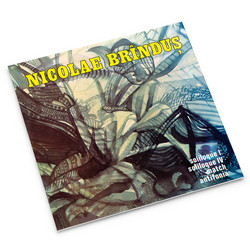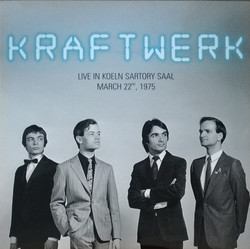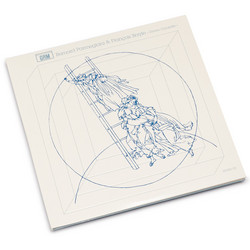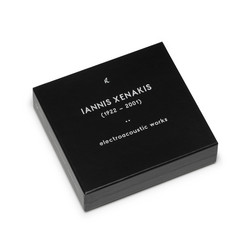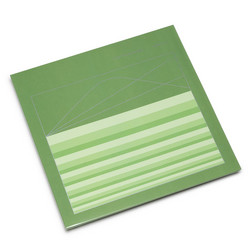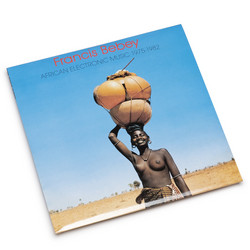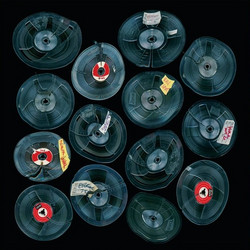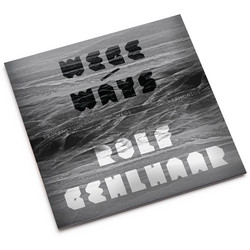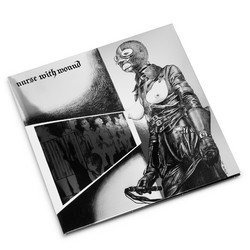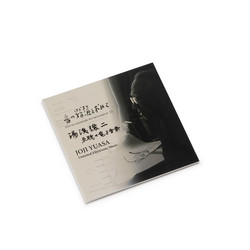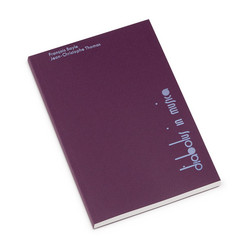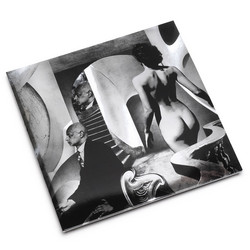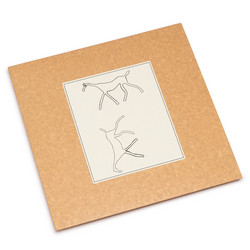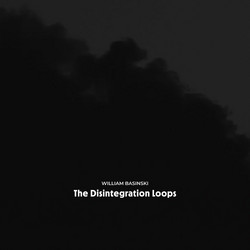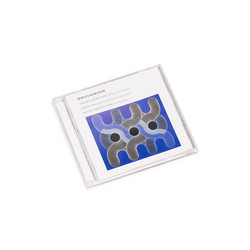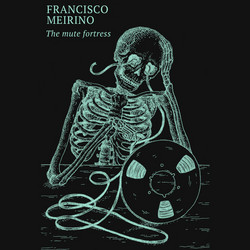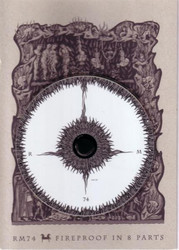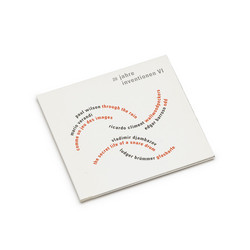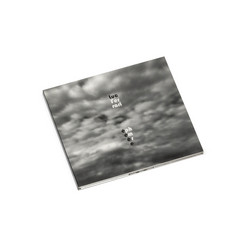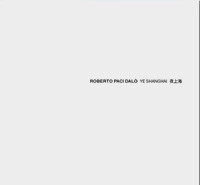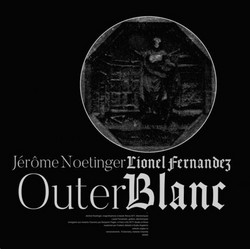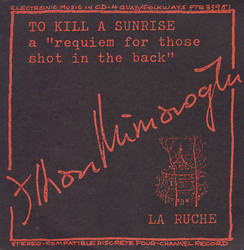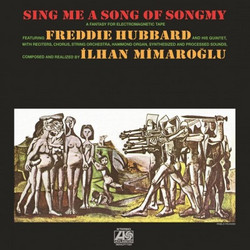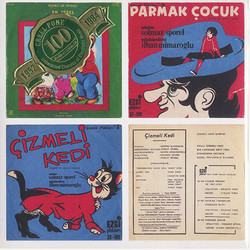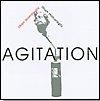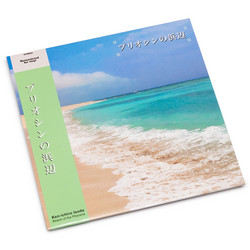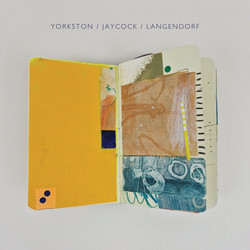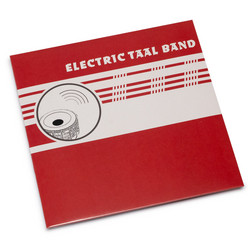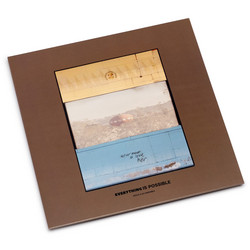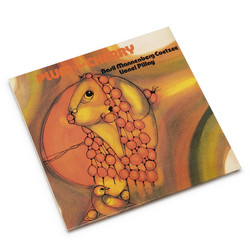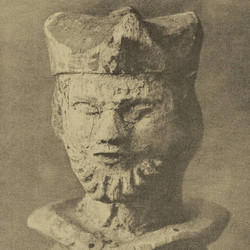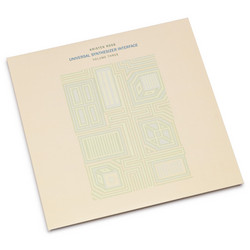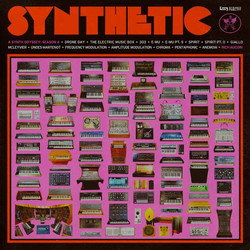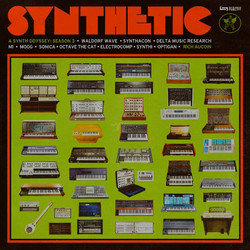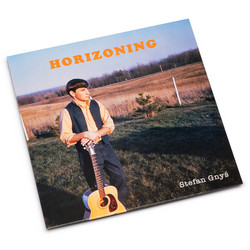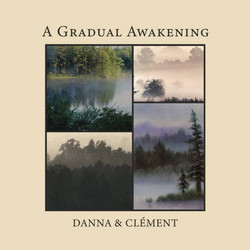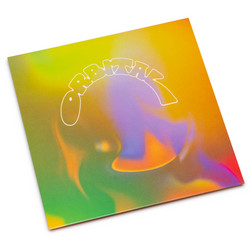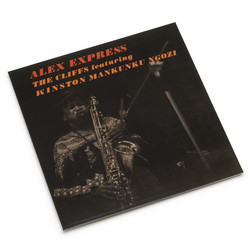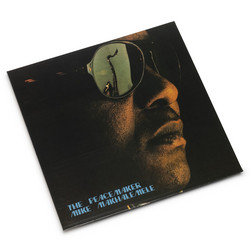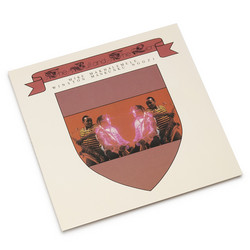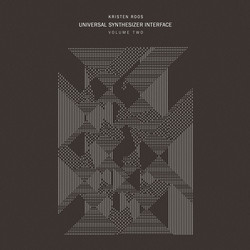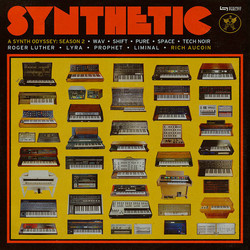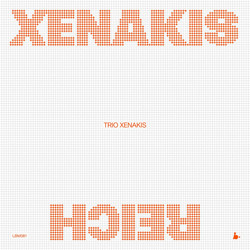Ilhan Mimaroglu
Tract: A Composition of Agitprop Music for Electromagnetic Tape (LP)
**Edition of 500, 50th anniversary replica reissue in tip-on jacket + insert** İlhan Mimaroğlu's Tract: A Composition of Agitprop Music for Electromagnetic Tape receives its first widely available release, restored and remastered by Noah Mintz at Lacquer Channel. Originally composed between 1972-74, this work represents a crucial intersection of electronic music experimentation and explicit political engagement during the post-1968 moment of New Left activism.
Born in Istanbul in 1926, Mimaroğlu studied with Edgar Varèse before establishing himself as a pioneering figure in tape composition. Tract represents his most uncompromising political statement, dedicated to Turkish poet Nâzım Hikmet (1902-1963), whom Mimaroğlu regarded as "the greatest poet of the revolutionary struggles." The work functions as extended audio collage utilizing the voice of Turkish singer Tülay German (performing as Tuly Sand) and actor Erdem Buri, constructing a textual montage from quotations of Bakunin, Brecht, Mao, Marx, and other revolutionary theorists. However, the work's ideology proves more nuanced than simple Marxist orthodoxy—Mimaroğlu explicitly positions Tract as New Left and pro-freedom, critical of Soviet authoritarianism while maintaining commitment to revolutionary transformation.
The title invokes the pamphlet form central to political organizing, while "agitprop" references Bolshevik propaganda strategies. Yet Mimaroğlu deploys these through avant-garde electronic technique, creating productive tension between accessibility and complexity. He applies the full range of tape manipulation available at the Columbia-Princeton Electronic Music Center: speed variation, filtering, reverberation, tape loops, layering, and electronic processing that transforms the human voice into both semantic carrier and pure sonic material.
Tract occupies contested terrain in electronic music history: the moment when aesthetic autonomy encounters political commitment. While Luigi Nono had addressed political themes through instrumental music, incorporating texts by imprisoned resistance fighters, and Cornelius Cardew would soon embrace agitprop through the Scratch Orchestra's turn toward accessible populism, Mimaroğlu's approach differs significantly. Rather than following Cardew's rejection of electronic sophistication in favor of mass accessibility, Tract maintains avant-garde technique while serving revolutionary messaging, asserting that radical form can serve radical politics without compromising either dimension. The two-year compositional period spanned the American Center for Students and Artists in Paris and the Columbia-Princeton facility in New York, allowing engagement with both French musique concrète traditions and American synthesis approaches. The extended timeline enabled iterative refinement while responding to evolving political circumstances: Vietnam War continuation, the 1973 Chilean coup, Turkish political instability, and ongoing global revolutionary movements.
This release includes Mimaroğlu's original liner notes explaining the composition process, performance context, and dedication to Hikmet—invaluable primary source material for researchers. Professional remastering addresses the preservation challenges inherent in 50-year-old magnetic tape while maintaining fidelity to the original sonic conception. Essential for collections in electronic music, Turkish studies, Cold War cultural production, political music, and 1970s avant-garde practice.
Composed and realized in the studios of American Center for Students and Artists, Paris, France and Columbia-Princeton Electronic Music Center, New York, N.Y. (1972-74).
℗ 1975 Smithsonian Folkways Recordings, under license to We Are Busy Bodies Inc. © 2025 We Are Busy Bodies Inc.
